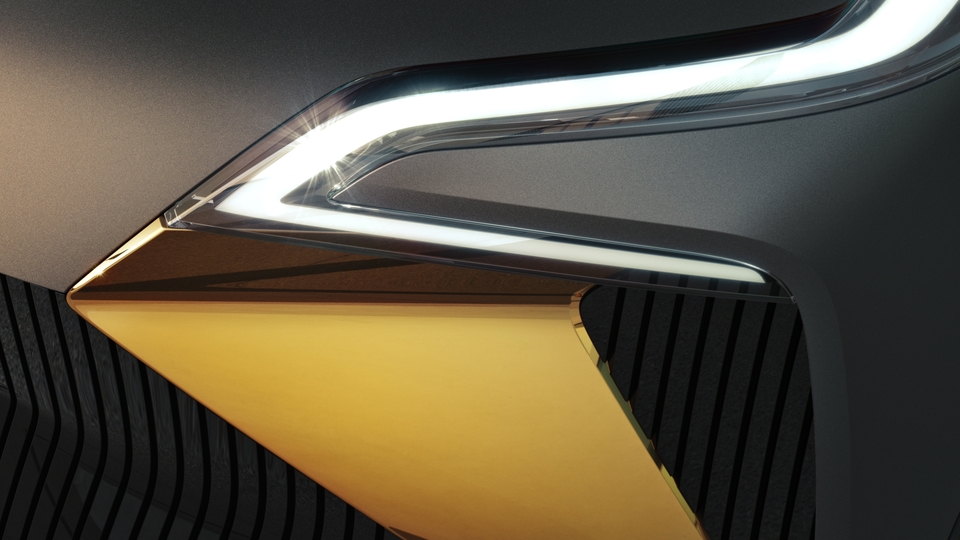From October 15 to 27, 2020, the first edition of Renault eWays will take place, a digital event in which the French firm will present all its novelties related to electric mobility. Over ten days, the manufacturer will give all kinds of lectures and bring together experts, partners, and citizens to develop a debate on electromobility.
The person in charge of launching this exciting initiative will be Luca de Meo, the new executive director of the firm, who will take the opportunity to present the latest hybrid and electric innovations from Renault on October 15. Among other developments, the company will reveal the production version of the Dacia Spring and a conceptual preview of a new electric B-SUV similar in size to the Renault Captur that will be launched on the market 2021.
This model, which, according to some media, will be called Renault Zandar, will be based on the CMF-EV modular platform of the Renault-Nissan-Mitsubishi Alliance, already seen in the Nissan Ariya. Thanks to this specific architecture for electric cars, the model is expected to have an interior space equivalent to that of a higher category vehicle.
Even though the Zandar has been defined so far by the press as a B-SUV, Renault classifies it in its statement as a crossover, which is why we are possibly facing a car with a height between that of a passenger car and that of an SUV. Something that will allow it to combine good habitability (despite the presence of batteries in the underbody) with competitive aerodynamics.
At the moment, only an image of the prototype has been revealed, which shows us part of its light signature and the two colors that will decorate its body: gray and yellow. The model is expected to demarcate itself from the thermal Renault’s organic lines, betting on more athletic and avant-garde forms.
Initially, the Zandar will be available exclusively as front-wheel drive, marketed with two batteries: one of them will allow it to reach 310 miles of autonomy, being the first to arrive in 2021, while the other, scheduled for 2022, will remain at 248 miles. This latest version will indirectly replace the successful ZOE, whose production will end in 2022.

